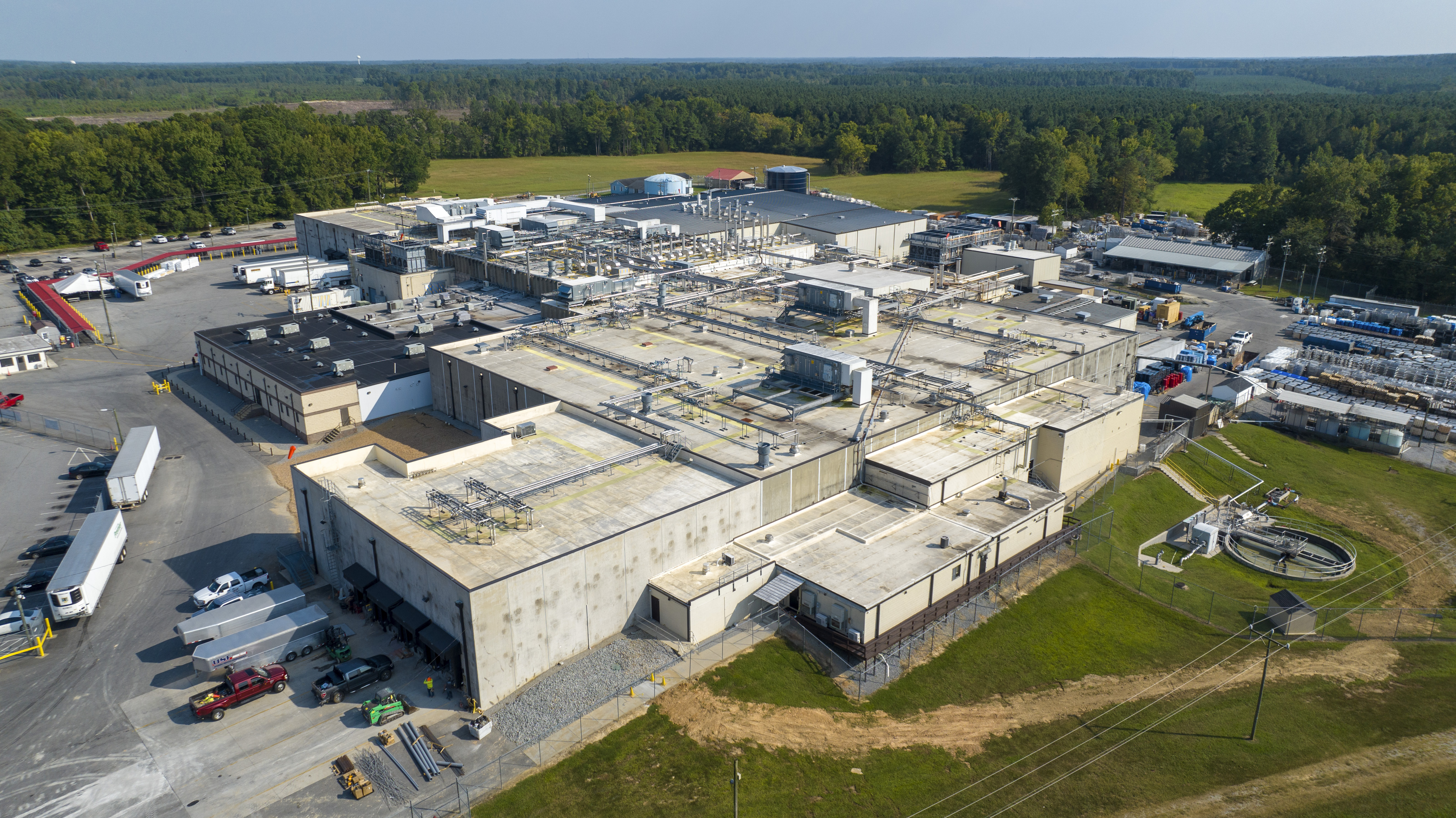(NEXSTAR) — Chicago is taking a proactive approach when it comes to harm reduction from fentanyl use. The Chicago Recovery Alliance has taken that fight to the streets with a drug detection device that is saving lives.
Inside a mobile unit parked on a Chicago street corner, Harm Reduction Technician David Peress uses what’s called a Fourier transform infrared spectrometer, or FTIR, to identify multiple substances contained in a bag of powder bought on the street.
“With FTIR, you could scan something right away, and we can give you a pretty comprehensive analysis of what you’re using,” Peress said.
The spectrometer can detect cocaine, methamphetamine, heroin, MDMA or Molly, and benzodiazepines, among other substances. Peress studies the peaks and patterns produced by the sample and compares them to an analytical reference.
It’s a process of elimination. Once a primary cutting agent is subtracted, other ingredients can be identified.
“And often we do find things that are concerning, like there could be there’s samples that will have two, sometimes three, different synthetic opiates in it,” Peress said.
The more opiates in a sample, the harder it is to predict the outcome for the user.
“We would advise them to please, be careful. Don’t use alone. Try small amounts at first and see how you respond. But never do I tell people to use or to not use,” Peress said.
The purpose of the Chicago Recovery Alliance is to act as a harm reduction service, not to incriminate people. Instead, the organization provides a variety of supplies and acts as a safety net for substance users.
“I love my job. It’s I’m so lucky to be doing this and like I wake up grateful every day that I get to do it, but also it’s tough because you can’t make mistakes,” Peress said.
A secondary lab provides even more accurate information, but it takes days compared to minutes at the mobile unit. The information from drug checking can also help health professionals manage someone’s withdrawal symptoms if and when a user decides to seek treatment.

























































